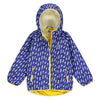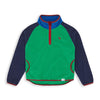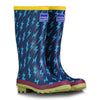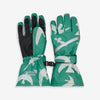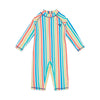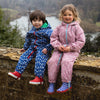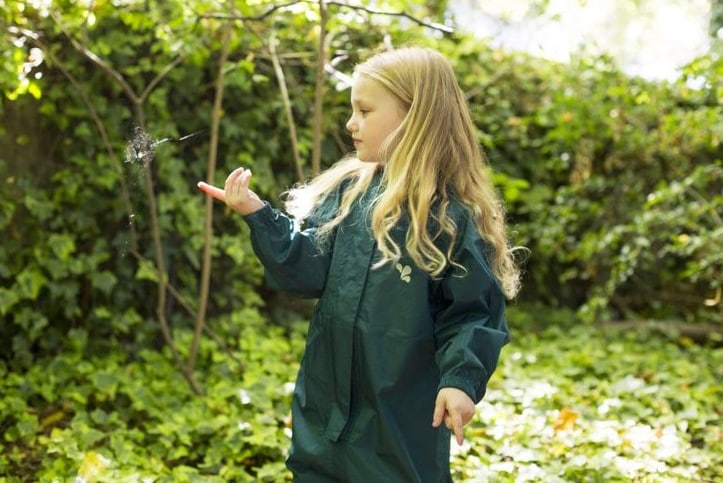
KS1 - Literacy - Forest Babies
Download our KS1 Literacy - Forest Babies Worksheet Here
Learning Objectives
Reading - comprehension:
• being encouraged to link what they read or hear read to their own experiences • participate in discussion about what is read to them, taking turns and listening to what others say • retell stories in sequenceResources
• Bog Baby by Jeanne Willis
• Pictures printed or drawn from the book, printed cards for each of following words: Bog, dell, mud, bucket, tub, sick fish, wings, jar, shed, shell, wool, wood, moon, pond, spring, frog, flower, sandpit, jump, sleep.
• Small stick, stones, pebbles, shells, leaves, flowers, blue feathers, wool, blue food colouring, bucket, water.
Introduction
Hide the word cards outside around the school grounds.
Read Bog Baby with the class.
Discuss together what might have happened if they had not returned Bog Baby -would there have been any more Bog Babies? What made Bog Baby sick?
Talk about how we can look after nature, and how we should behave when we come across natural items that we love and want to keep.
Tell the children you would like them to imagine that the school grounds are now the Bluebell Woods, and that a Bog Baby has visited the school, and has come and taken words and hidden words from the story around the ‘woods’. The children need to look for the words outside, and collect them as they go.
Ask them to also look for places in the school grounds that Bog Baby might like to live or play in.
Activity - Becoming Bluebell Woods
Together as a class, go on a Bog Baby hunt. Collect all the words and pictures ask the children to bring them back.
Write the words: First, Next, Then, and Finally on the playground or on paper and place on the ground.
As a class, ask the children to arrange the pictures in chronological order, and then arrange the words near to the section of the story that it applies.
As a group, revisit the story and read aloud, checking to see if the assembled words are in the right order.
Extension Activity
Have available blue salt dough and ask the children to create their own Bog Baby, and use the sticks, leaves and feathers to make a habitat in a natural setting for their Bog Babies.
Ask each pupil then to write a list about their Bog Baby to share with the group. Each bog baby should have a name, an age, what sound it makes, some physical characteristics, and a list of what features the habitat must ensure they Bog Baby is happy and healthy.



